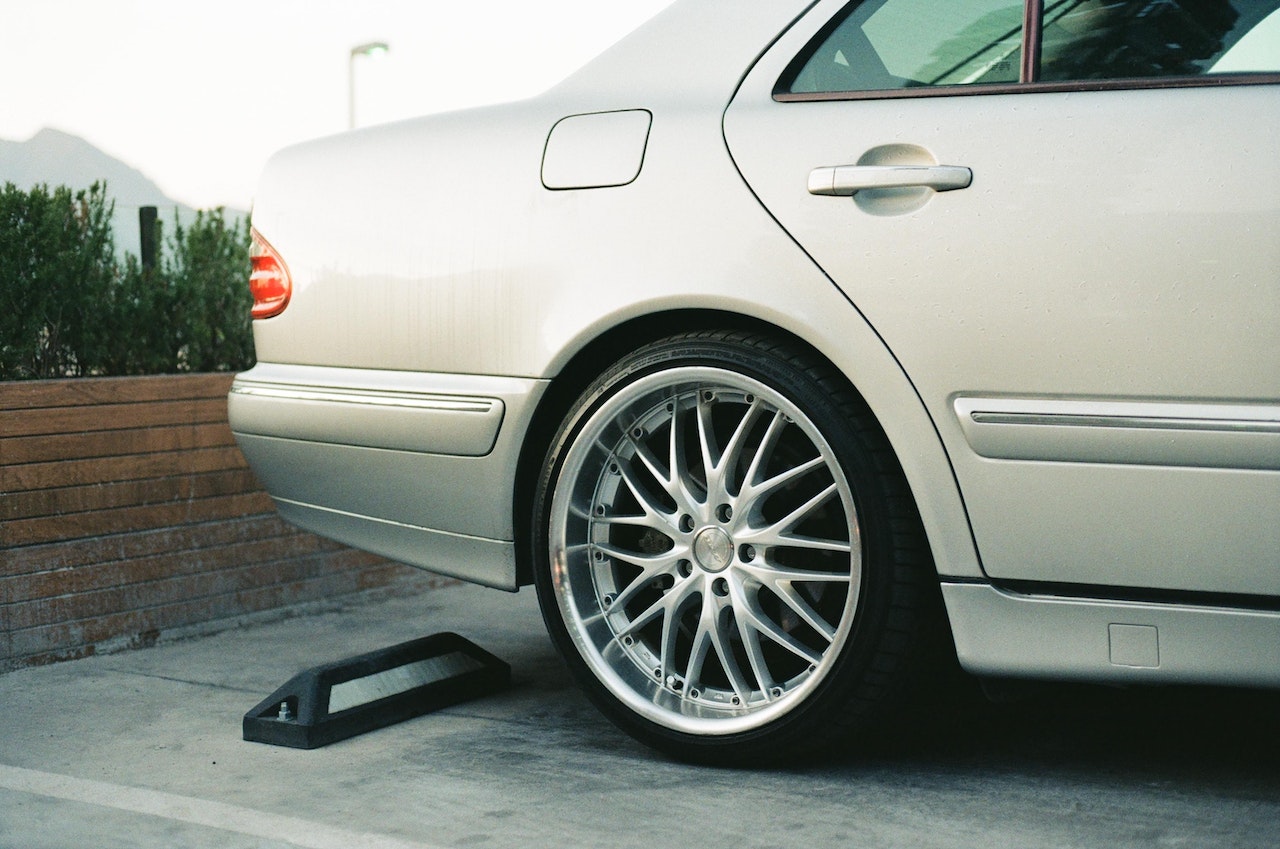Wheel blasting cabinets, also known as wheel abrading cabinets or wheel abrasive blast cabinets, are specialized equipment used in the process of wheel restoration and refinishing.
How it works
Wheel blasting cabinets are essentially a professional wheel blasting machine that can remove rust, paint, corrosion, and other contaminants from the surface of wheels, leaving them clean and ready for restoration or coating.
The first step in wheel blasting involves choosing the appropriate abrasive media for the specific restoration project. The choice of media depends on factors such as the wheel material, the type and extent of contaminants to be removed, and the desired finish. Common abrasive media include steel shot, steel grit, aluminum oxide, glass beads, and more.
Then the selected abrasive media are loaded into the blasting cabinet’s hopper or storage chamber. This chamber is usually located at the top of the cabinet and feeds the media to the blasting wheel.
The heart of the wheel blasting cabinet is the blasting wheel itself. This wheel, often made of rubber or metal, rotates at high speeds. As it spins, it propels the abrasive media downward through a tube or hose toward the target wheel’s surface.
It takes a professional
An operator, often wearing protective gear, operates the wheel blasting cabinet. The operator controls the blasting process through a control panel, which typically includes settings for the wheel speed, blast pressure, and media flow rate. These settings can be adjusted to achieve the desired level of cleaning and surface preparation.
Before blasting, the wheel to be restored is typically secured in a holder or fixture inside the blasting cabinet. This ensures that the entire wheel surface is exposed to the abrasive media.
With the wheel now in place and the settings adjusted, the operator initiates the blasting process. The blasting wheel accelerates the abrasive media and directs it at high velocity onto the wheel’s surface. The kinetic energy of the abrasive particles effectively removes rust, paint, corrosion, and other contaminants from the wheel’s surface.
As the abrasive media impacts the wheel and contaminants, it generates dust and debris. Wheel blasting cabinets are equipped with dust collection systems that capture and contain the airborne particles, preventing them from escaping into the workspace and causing pollution or health hazards.
After blasting, the restored wheel is typically inspected to ensure that the desired level of cleaning and surface preparation has been achieved. Any additional steps, such as painting, coating, or polishing, may be performed as needed.




Be First to Comment